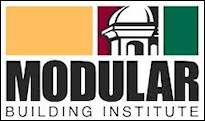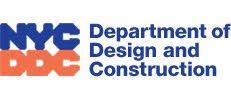Single-Family & Multi-Family Modular Homes in Monmouth County, NJ
Discover the future of home building with Gary Allen Industries. Located in the heart of Monmouth County, NJ, we specialize in crafting modern modular homes designed to fit your family's needs. Whether you're in search of a single-family modular home or a multi-family modular residence, we have the expertise to bring your vision to life. Our commitment to quality and innovation ensures that your dream home becomes a reality. Ready to embark on the journey of a lifetime? Contact us today at (732) 693-4699, and let's start building your future, one modular step at a time.
Single-Family Modular Homes
When it comes to single-family modular homes, the key to understanding this innovative approach lies in recognizing that it's not about a specific product or style but a superior construction technique. At Gary Allen Industries, we bring your dream home to life, whether it's a Ranch, a Cape Cod, a Two-story home, or any style you desire. The real magic of modular construction is how it enhances your home-building experience. It's not just faster; it's not just better; it's also more cost-effective. Modular construction utilizes the same high-quality materials and adheres to the same building codes as traditional construction. The difference? These materials are expertly pre-assembled in a controlled environment, ensuring top-notch quality and cost efficiency.
Multi-Family Modular Homes
When it comes to multi-family modular homes, Gary Allen Industries is your trusted partner in crafting exceptional living spaces. Whether it's a large-scale apartment building, a condominium complex, an assisted living facility, a dormitory, or a hotel, our systems-built modular construction method harnesses the efficiency of repetitive construction, resulting in remarkable cost savings.
We're dedicated to sustainable design, incorporating green construction elements and Energy Star-compliant building practices into every project. Our network of trusted factories works diligently to build to your exact specifications, all under the vigilant oversight of the Gary Allen Industries team. Simultaneously, site work progresses, and once completed, our experts ensure that the buildings are transported and assembled on-site, guaranteeing a quality project that stays on time and within budget.
We’d love to hear from you! Call our friendly team at (732) 693-4699 today!








